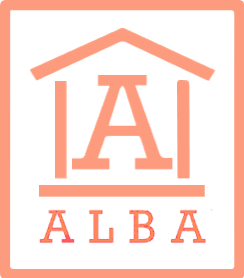Eco-friendly home insulation: what are the benefits?

Natural insulation materials are made from renewable raw materials, ensuring a high degree of sustainability and minimal impact on the environment. They require little energy in production, and the processing process itself does not generate hazardous waste. As a result, users enjoy a toxin-free home. Thanks to their ability to provide good air circulation, these materials promote a healthy indoor climate.
Furthermore, the homes boast excellent sound and thermal insulation properties. Most materials retain heat well in winter and prevent overheating in summer, creating an energy-efficient home. Installation requires no complex tools or techniques. Many insulation materials can be installed manually.
Types of materials for safe home insulation

Eco-friendly insulation is classified into two broad groups: natural insulation and synthetic materials. The first type includes wool, straw, hemp, flax, reed, and other materials. Synthetic materials are made from natural raw materials or recycled waste. Each type of material has its own application and performance characteristics.
- Sheep's wool. This is one of the oldest insulation materials with excellent thermal insulation and moisture-regulating properties. It is suitable for use in insulating wooden houses. This material allows for safe home insulation due to its biodegradability, self-cleaning properties, and long service life.
- Cellulose. This recycled paper material for eco-homes provides excellent heat retention. It is recommended for roof insulation. Its excellent sound insulation properties are also noteworthy when insulating frame houses.
- Flax. The fibers of this material are flexible, lightweight, and durable. Flax insulation has proven itself as a reliable thermal insulator. Its strength and durability are complemented by excellent antiseptic properties and resistance to microorganisms.
- Cork. Another safe insulation material, made from granules, does not use synthetic adhesives due to the lignin content. Cork insulation is most often used as a spacer between subfloors and interlocking coverings.
- Phenol-free mineral wool. This fibrous insulation offers good ventilation and vapor barrier properties, sound insulation, and fire resistance. However, it is susceptible to moisture, which must be taken into account during installation. It is often used for façade insulation.
- Basalt wool. This is also a safe insulation material. Its composition is characterized by a random arrangement of fibers, resulting in many air pockets that help retain heat. The material does not absorb moisture, lasts for several decades, and is recommended for wall insulation.
How to insulate a house environmentally friendly: installation features

The specifics of installation work require consideration of the type of material and its installation location. The material is supplied in rolls or tiles. The installation process itself consists of the following:
- Installing the sheathing, overlapping the insulation, and sealing the joints with construction tape.
- When laying on the floor, the surface of the insulation is covered with a vapor-permeable film.
- If a foil layer is present, it should be laid with this side facing inward.
Ecowool insulation can be installed using either a dry or wet method. In the dry method, the material is loosened and spread between the joists. Specialized blowing devices can be used. The wet method involves pre-wetting the ecowool and then spraying it onto the surface.
Chemical-free insulation has become a trend in recent years. Experienced construction crews work with these materials, offering a turnkey service.

















